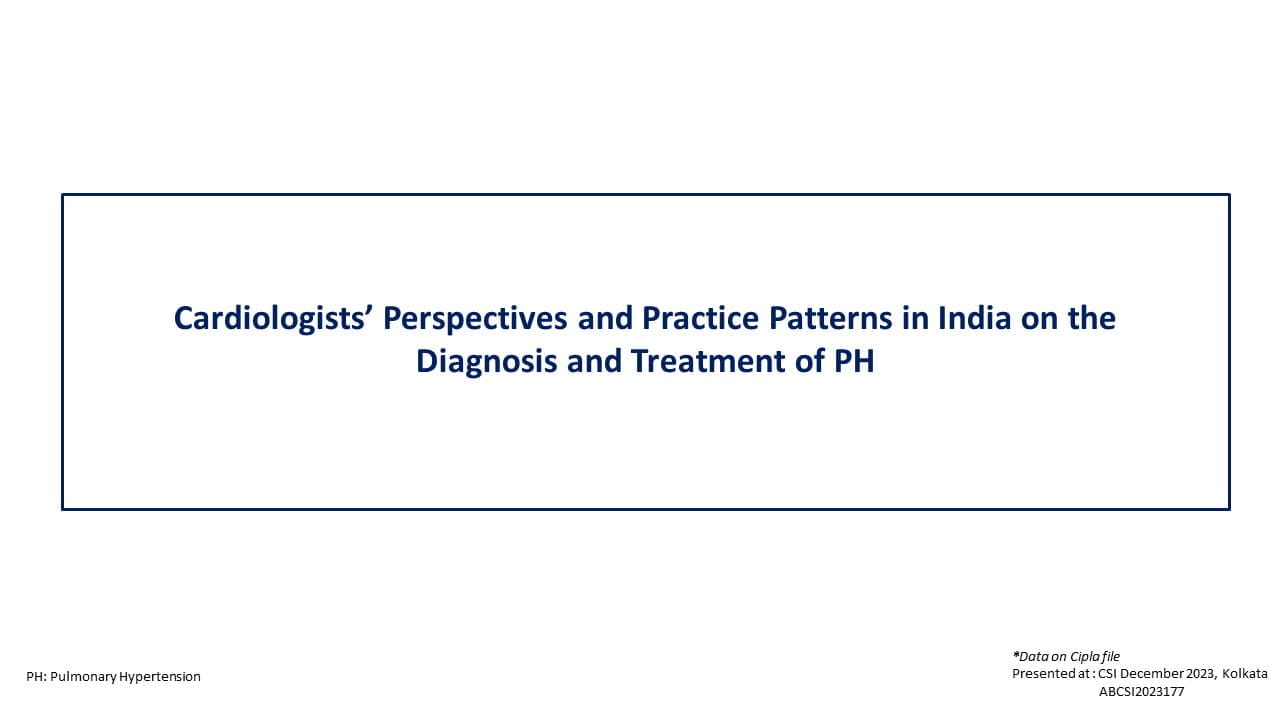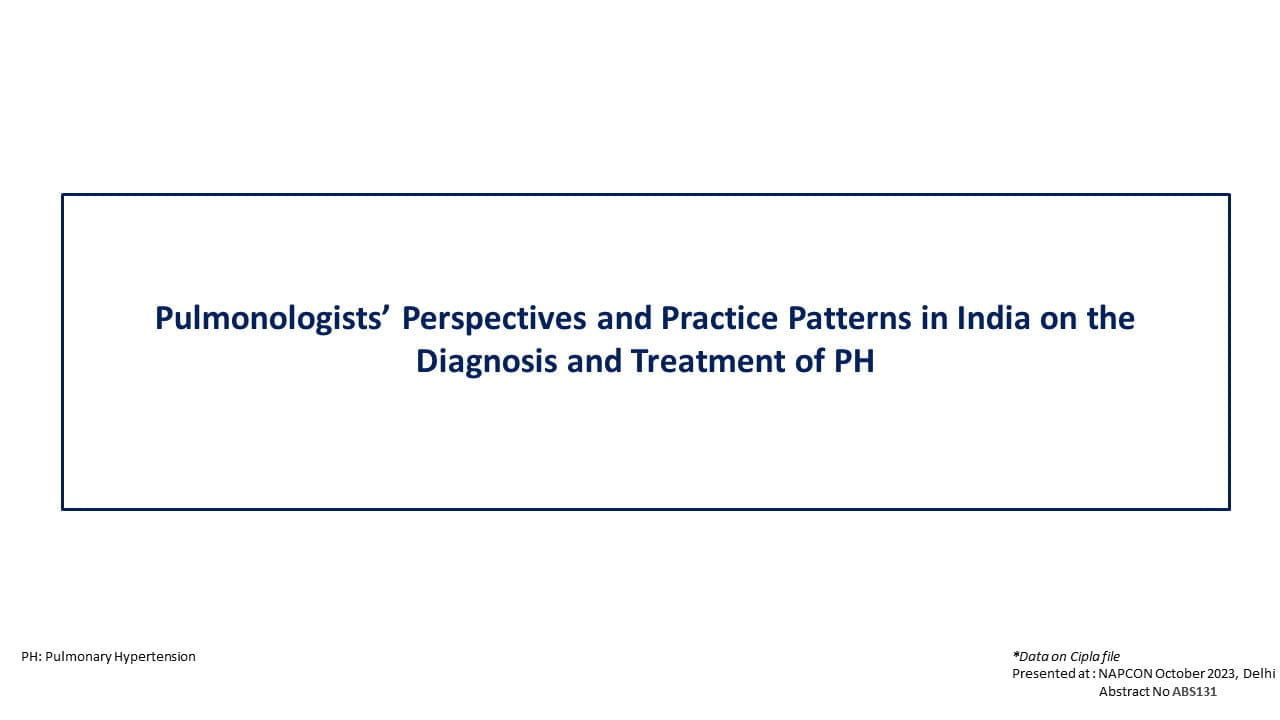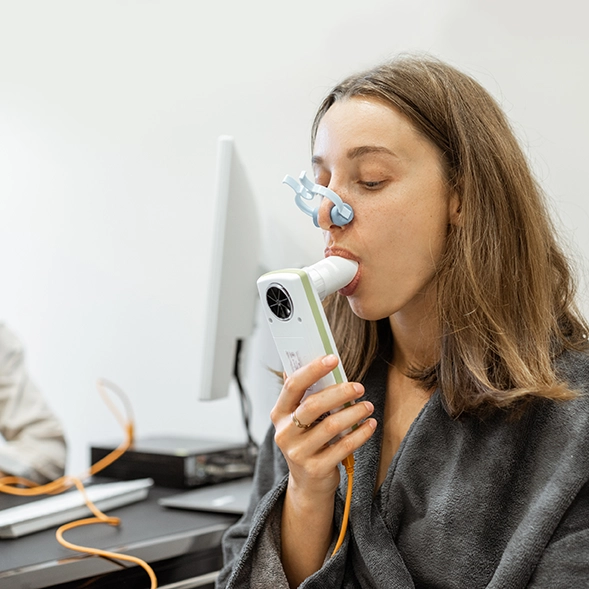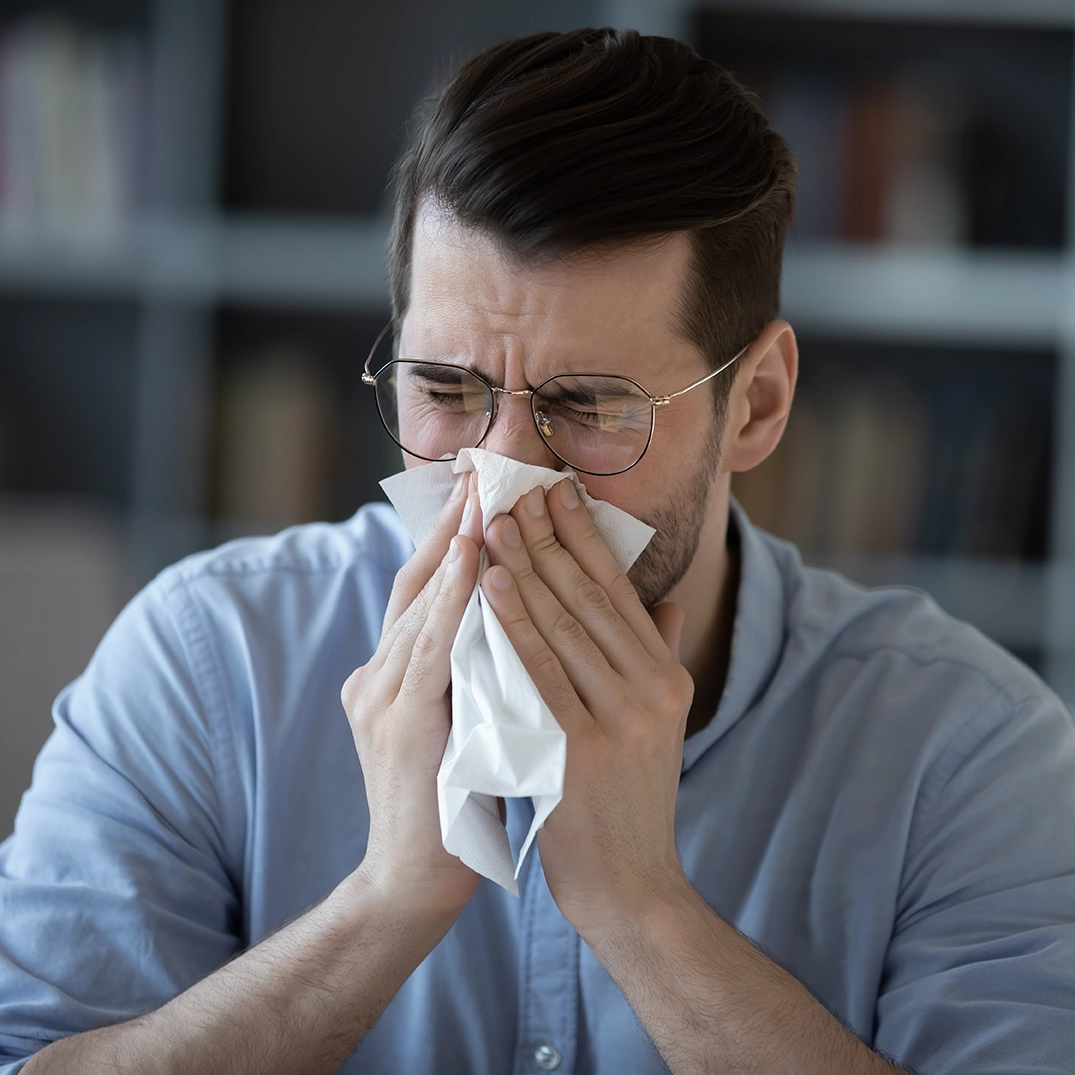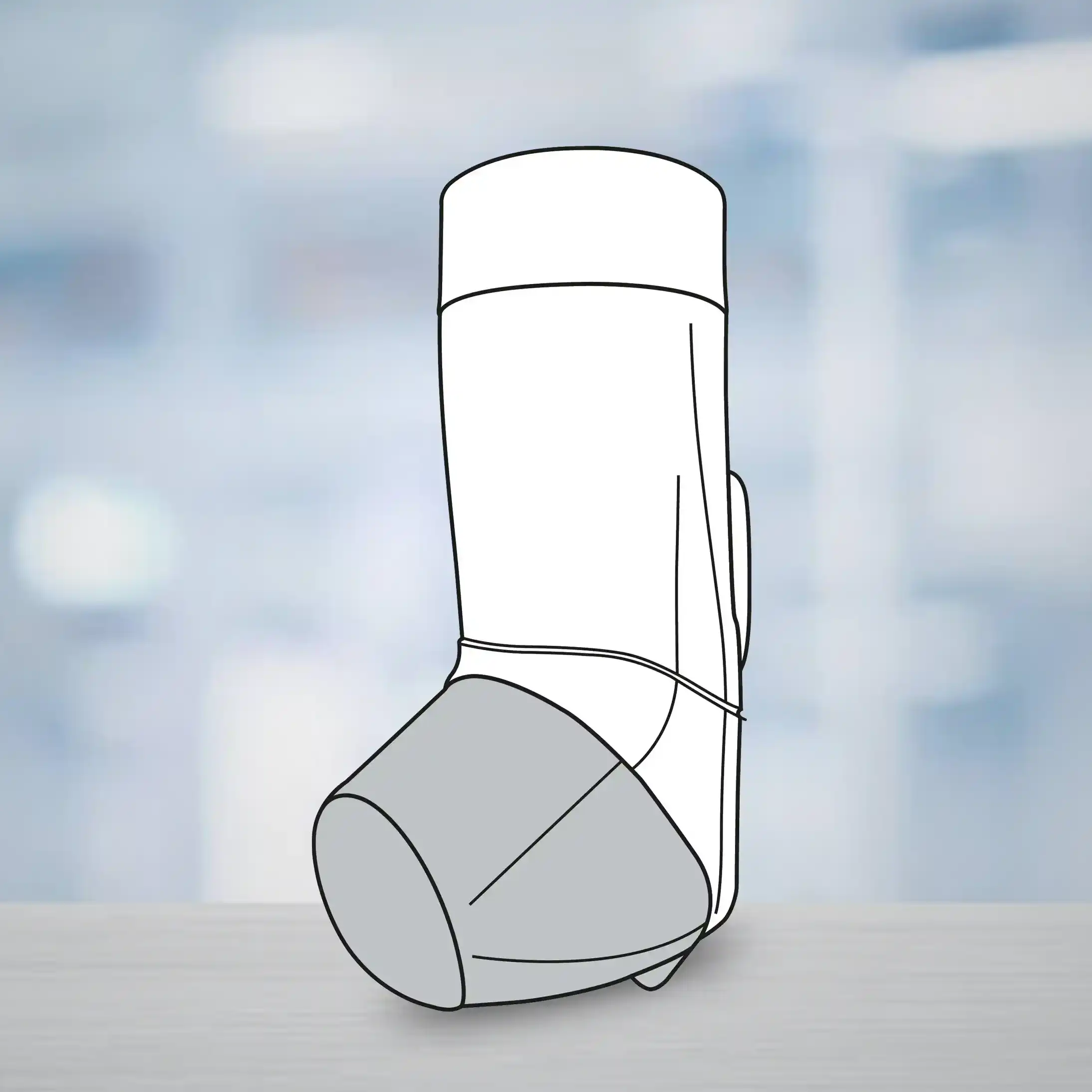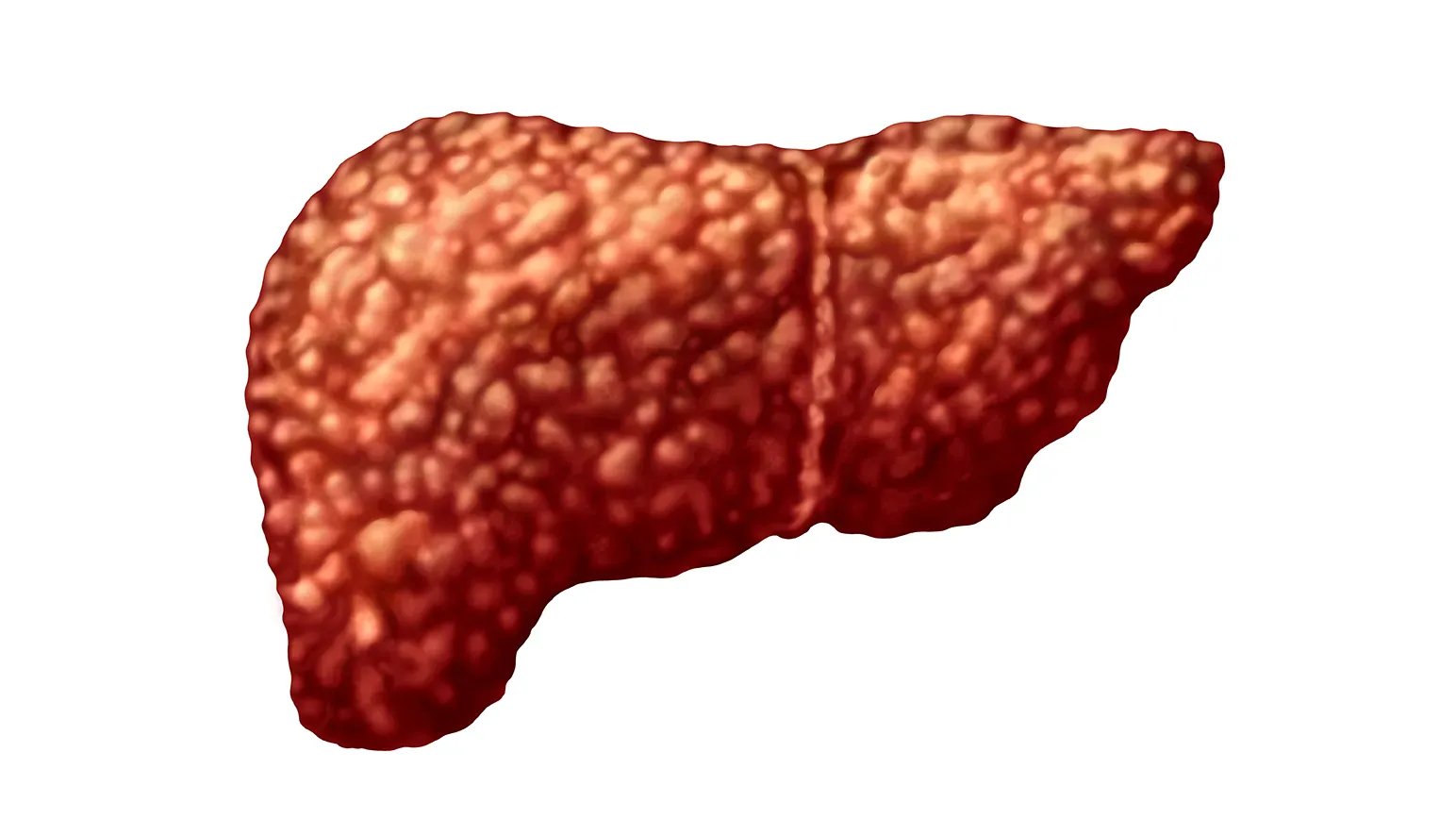Determining the Efficacy of Bilastine in Japanese Cedar Pollinosis using an OHIO Chamber
Background
Japanese cedar (JC) pollinosis, caused by JC pollen is a form of seasonal allergic rhinitis (SAR), unique to Japan. In Japan, the efficacy of prophylactic treatment with symptomatic agents is ascertained by exposing subjects to aeroallergens in environmental exposure chambers (EEC). Artificial allergen exposure chamber (OHIO Chamber) was recently developed in Tokyo to ascertain the efficacy of prophylactic treatment.
Aim
To determine the therapeutic effect of bilastine (BIL), a novel non-sedative second-generation H1-antihistamine, in subjects with JC pollinosis using the OHIO Chamber.
Patient Profile
- Asymptomatic patients with JC pollinosis (age; 20-60 years) with at least 2 years history of symptoms and receiving medical treatment including oral H1-antihistamines during the JC pollen season (n=136)
- All patients were positive CAP radioallergosorbent test (RAST) class ≥2 of serum specific immunoglobulin E (IgE) for JC pollen.
Method
Study Design
- Single-center, randomized, double-blind, four-way crossover, placebo-, and active-controlled phase II study
Screening Period
- Subjects were exposed to JC pollen (8000 grains/m3) for 2 hours (priming exposure), followed by oral exposure to placebo after one hour to ascertain the total nasal symptom score (TNSS).
- Patients with following were included in the trial:
- TNSS ≥2, 1 h after the start of pollen exposure (maximum 16)
- A sum of TNSS ≥36 at specific time points after the placebo administration to 3 hours (12 time points, maximum 192).
Treatment Period
- Study medications comprised of BIL 20, BIL 10, fexofenadine hydrochloride 60 mg (FEX), and placebo
- Eligible patients were randomized into four groups for four- three day consecutive treatment periods followed by ≥10 day washout period:
- Day1: Four hours exposure to pollen followed by the administration of the first study drug 1 hour after the start of exposure, and the secondary drug 12 h after the first dosing.
- Day 2: Subjects returned to the OHIO Chamber 22 hours after the first dosing and were further exposed to pollen for 4 hours.
- Subjects were permitted to use alpha-2 agonist nasal spray or sodium cromoglycate ophthalmic solution in case they could not tolerate the nasal or ocular symptoms after leaving the OHIO chamber on day 2.
Assessments
- Nasal symptoms (rhinorrhea, sneezing, and nasal obstruction and itching) and ocular symptoms (itchy eyes and ocular tearing) were assessed using a 5-point scale (0, no symptoms; 1, mild; 2, slightly severe; 3, severe; and 4, very severe).
- The subjects self-assessed their nasal and ocular symptoms every 15 min during the pollen exposure.
- The TNSS, total ocular symptom score (TOSS), and total symptom score (TSS) were presented as the sum of the scores of four nasal, two ocular, and a combination of four nasal and two ocular symptoms, respectively.
- The number of sneezes was recorded every 15 min during the exposure.
Outcomes
Primary Efficacy Outcomes
- To compare the efficacy of BIL vs. placebo during the treatment in terms of the sum of TNSS from 0 to 3 h after the Day 1 dosing
Secondary Efficacy Outcomes
- The sum of TNSS and nasal and ocular symptoms 22-26 hours after the first study drug dosing (Day 2), and the onset of action on TNSS and nasal symptoms,
Safety Outcomes
- Assessment of adverse events (AE)
Results
- Patients treated with BIL 20 had significantly lower TNSS 0-3 hours vs. placebo after administration of study medication on day 1 (vs.; diff against placebo; 95% CI; P). Similarly, patients treated with BIL10 had significantly lower TNSS 0-3 hours as compared to those treated with FEX and placebo (Table 1)
|
Study Group |
TNSS 0-3 hours |
Difference against placebo |
95% CI |
P value |
|
BIL 20 |
67.7 |
16.2 |
12.3-20.1 |
< 0.001 |
|
BIL 10 |
69.7 |
14.5 |
10.7-18.4 |
< 0.001 |
|
FEX |
73.3 |
12.0 |
8.1-15.8 |
< 0.001 |
|
Placebo |
85.0 |
- |
- |
- |
- The effect of BIL 20 on the sum of TNSS was exploratory compared to that of FEX, although the difference was significant (4.2; 95% CI 0.4-8.1; P =0.032).
- The mean sum of TNSS 22-26 hours after the administration of BIL 20, BIL 10, FEX was almost similar but significantly better than placebo (Table 2)
|
Study Group |
Mean TNSS 22-26 hr |
Difference against placebo |
95% CI |
P value |
|
BIL 20 |
84.4 |
24.5 |
18.5-30.5 |
< 0.001 |
|
BIL 10 |
82.8 |
26.4 |
20.4-32.4 |
< 0.001 |
|
FEX |
84.6 |
25.3 |
19.4-31.3 |
< 0.001 |
|
Placebo |
109.5 |
- |
- |
- |
- As per a mixed-effects model, all the active drugs showed a significant difference vs. placebo in the sum of TOSS, total 3 nasal symptom score (T3NSS: rhinorrhea, sneezing, and nasal itching), TSS, and for each nasal or ocular symptom (rhinorrhea, sneezing, nasal obstruction, nasal itching, itchy eyes, and ocular tearing) on Day 1 and 2 (P for all< 0.001)
- There were no significant differences in any of the efficacy variables with BIL 20 and BIL 10.
- As compared to placebo, the onset of action TNSS was 45 min for BIL 20 (P=0.019), and 60 min each for BIL 10 (P=0.002) and FEX (P=0.037). There was a significant suppression of TNSS for up to 26 hour after the first drug dose with all the active drugs vs. placebo.
- The onset of action for BIL 20 on each nasal symptom was within 60 min. Compared with FEX, BIL 20 had a rapid onset of action against all the nasal symptoms.
- There was a significant reduction in nasal secretion from 2 to 26 hours after the first drug vs. placebo.
- The proportion of patients reporting their satisfaction with treatment was almost similar for BIL 20, BIL 10 and FEX (44.4%, 41.3%, 40.5%) but was significantly better than that for placebo (14.3%, P < 0.001).
- There was no incidence of serious AEs during the study. The AEs due to BIL 20, BIL10 and FEX were mild and insignificant
Conclusion
Treatment with BIL 20 was clinically beneficial in patients with JC pollinosis and had a rapid onset, and long duration of action against nasal symptoms induced by the 3-day consecutive exposure to JC pollen in the OHIO Chamber.
Allergol Int. 2017; 66: 123-131.


